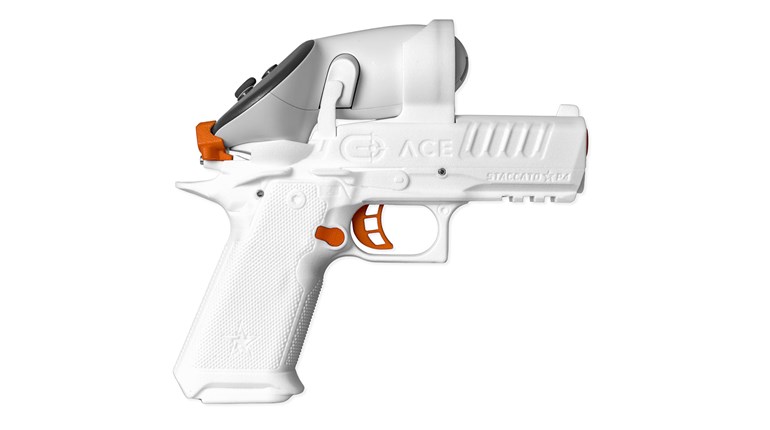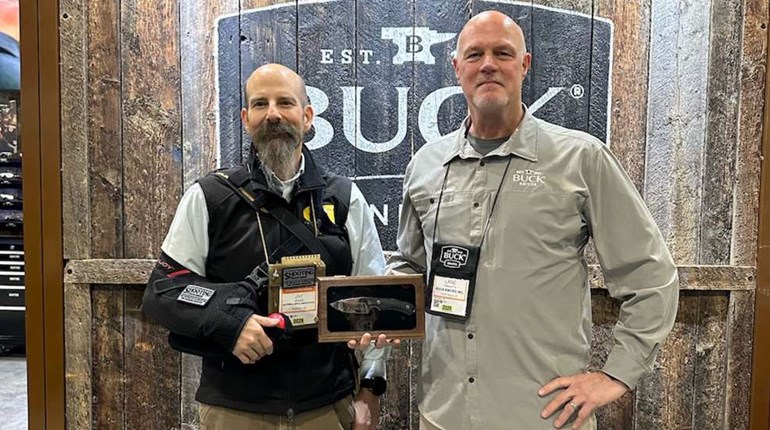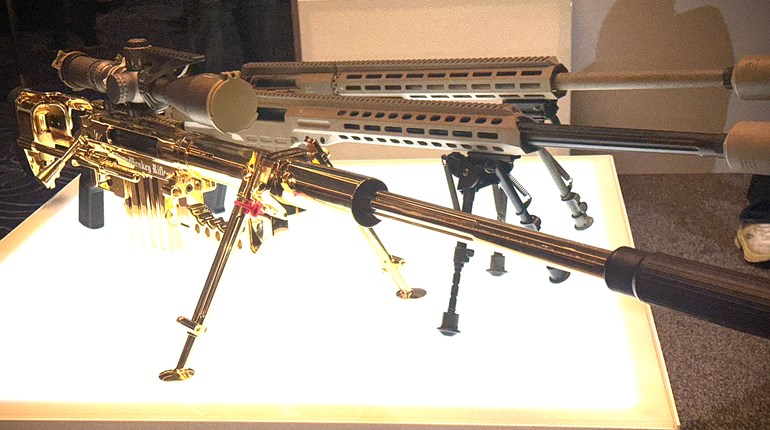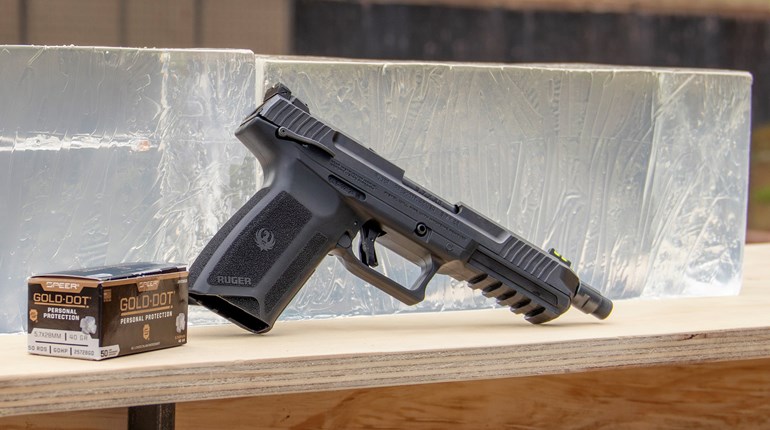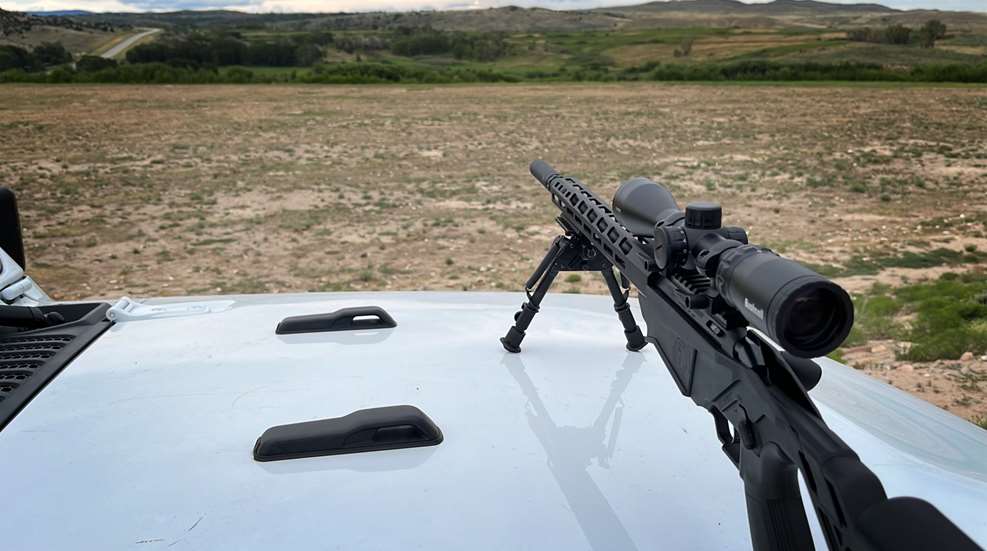
While varmint hunting might not be the first thing one thinks of as tactical training, there are many lessons to be learned in the field that can help your defensive plan.
At a recent writer’s event with Bushnell, we were presented with long-range instruction using both existing products and a new scope (check this space for info later this year). We also used a good number of Bushnell optics chasing the elusive (actually, ubiquitous) prairie dog in the fields and hills of southern Wyoming. As I scoured the landscape for targets of opportunity and took careful aim, I was struck by how much the skills in the field could be applied to the self-defense realm.
Sure, prairie dogs don’t pose much of a significant threat to the average person. We’re not likely to eat one (they can carry the plague—the real plague; bubonic--so I’d advise against it), and other than the equestrians among us, we’re unlikely to come to any harm as a result. If, though, you have the opportunity to thin the ranks of this farmer’s bane, there are some lessons that will help you in your defensive plan.
Gear Selection for Varmint Hunting
As the expression goes, the task drives the gear train. When choosing gear for varmint hunting, home defense or self-defense outside the home, select the best gear for the task. If that sounds simple, well, it is. We had three opportunities to reduce the varmint population during my time in Wyoming, so I opted for three different setups.
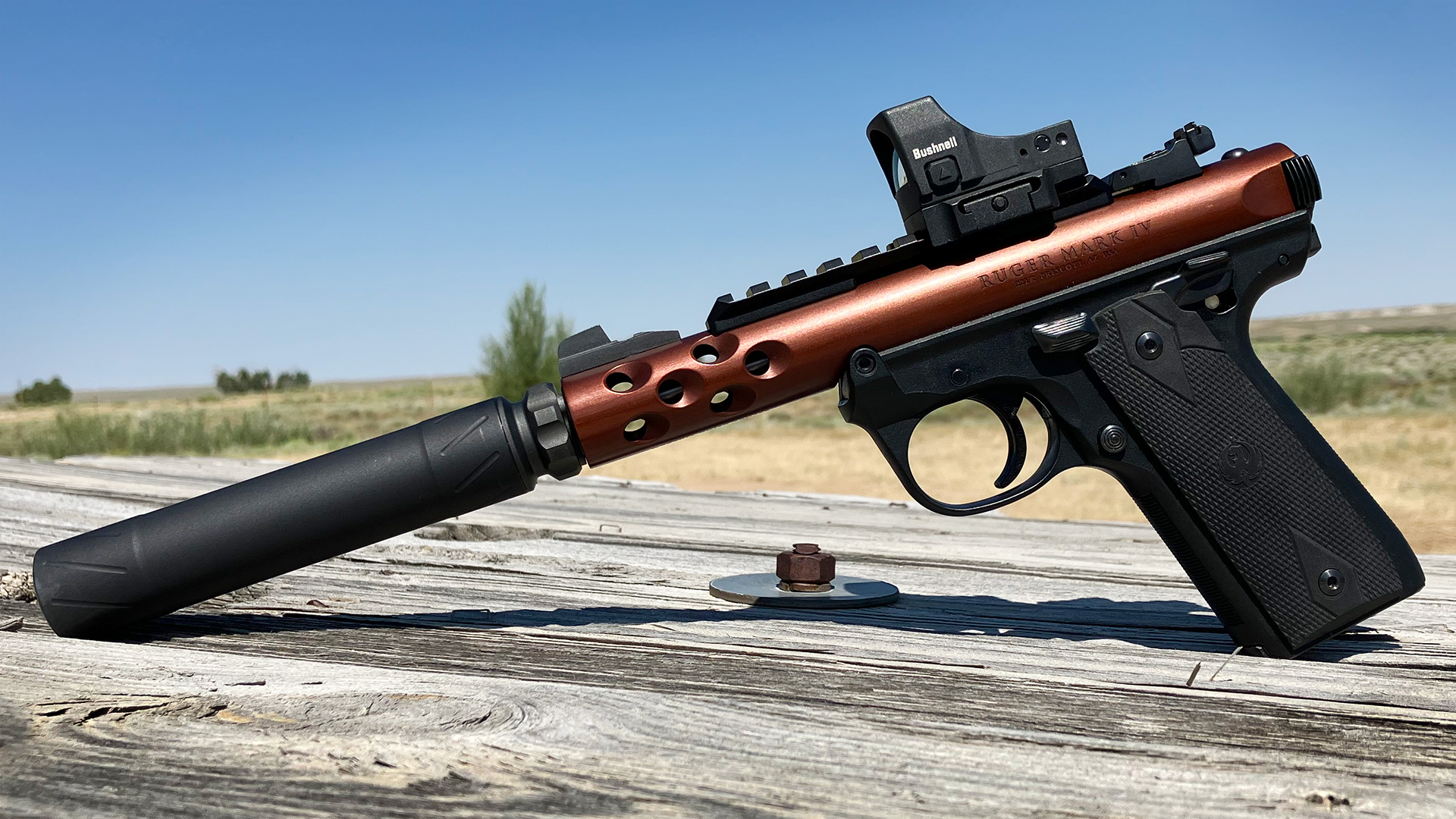
First, we were staking out a series of prairie dog towns where there would be plentiful opportunities between 100 and 200 yards or so. I opted for the Bergara BXR semi-automatic .22 LR equipped with a Bushnell – Elite Tactical DMR3 3.5 – 21X scope. This allowed for rapid engagement for closer targets and plenty of magnification to see out to the farther edges. Next, we were going long distance, so a Savage MSR-15 with a Bushnell Elite 4500 4-16X scope was the pick of the day. Lastly, we chose to engage small targets at both close range and 50 to 100 yards out—for this, we selected a Ruger 22/45 pistol with a Bushnell RXS-250 red-dot for up-close work and a Ruger Precision Rimfire rifle with Bushnell Rimfire 3-9X illuminated-reticle scope for longer shots.
Our personal and home-defense firearms and optics should be chosen with similar fit to the task at hand in mind. Few would opt for a .300 Win. Mag. bolt-action rifle for home defense or a 10-inch-barreled revolver for concealed carry; while we might be able to wargame scenarios where these choices might be needed, it’s far more reasonable to opt for gear that fits the most likely threats, not the outliers.
Target Acquisition
While it is rather different searching a field for a prairie dog target than being on the lookout for bad actors, it’s not as dissimilar as you might think. Looking out over a field, the signs of prairie dogs are unmistakable—large mounds of dirt, holes, little prairie dog heads poking out of the ground, etc. However, actually spotting the dogs can be harder than you might think. It’s analogous to being in a dark parking garage or poorly lit alley—these are the areas where we should definitely be on alert. In the middle of the day at your local supermarket, though, the alert level might not be as high. Whether looking for targets of opportunity or trying to prevent being a target of opportunity, awareness is key.
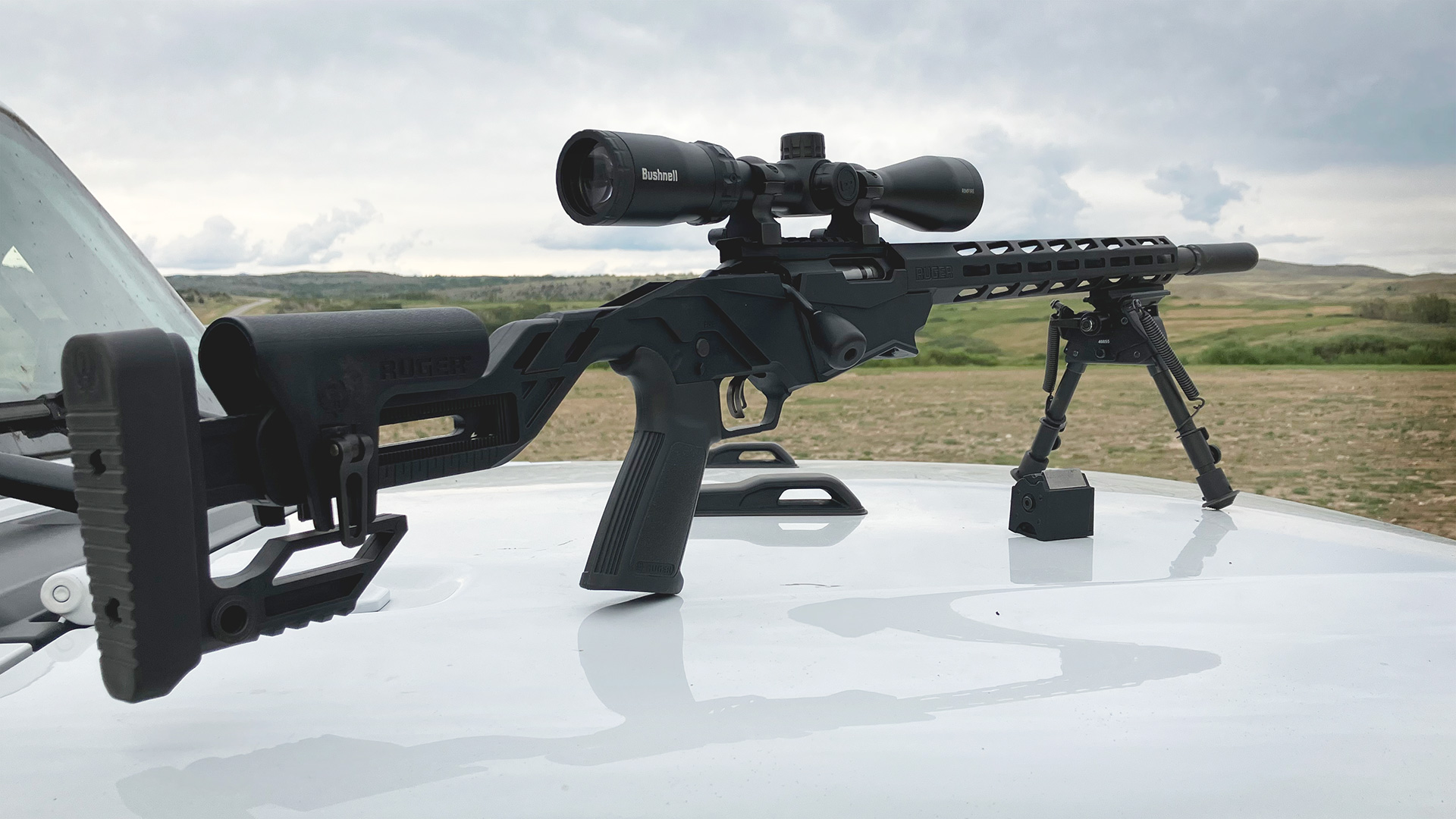
We’ve all seen the images of prairie dogs poking out of their holes, looking around; once the action starts, though, it’s different. Often, it’s a target of opportunity where a prairie dog or ground squirrel races from burrow to burrow, and you need to spot the target quickly, follow it, prepare the shot and—critically important—make sure your backstop is solid. Many opportunities had to be forgone because a missed shot (or pass-through) might endanger something farther out.
We’re the good guys. Should the unthinkable happen and the concealed-carrier need to defend themselves, they’ll need to consider a backstop. Criminals aren’t burdened by Rule Four. Just as you shouldn’t take a shot at a prairie dog with a pasture full of cows behind it, a bad actor in the home or on the street might have innocents behind them. Proper shot placement and identification of the entire field of fire is of utmost importance no matter where you are.
Skills and Limitations
I’ll be the first to admit that my skills with a handgun are, well, let’s just say Rob Leatham’s got nothing to worry about. I’m not about to take a 100-yard shot on a 6-inch-tall ground squirrel, because all I’m going to do is waste ammunition. With a rimfire carbine or bolt-action rifle? I’ll reach out to 200 yards or so. With centerfire rifles I’ve made shots on prairie dogs at nearly 400 yards—but the penalty for a miss is just a little ribbing from my hunting partners. Failing to make a shot in the field means you take a little guff. Obviously, it’s far more serious for self-defense.
One critical component is knowing your firearm’s point-of-impact (POI). If you’re using iron sights, where does the POI start to diverge from the point-of-aim? With red-dots, what’s the zero? If it’s a 10-yard zero for a pistol-mounted optic, what’s the POI at 25 yards, or 50 yards? For a scoped carbine, offset needs to be factored in for close-range shots at precision targets. Knowing your gear inside and out is not just a good idea, it’s critical. Before I left on any of the varmint-hunting outings, I personally verified where my rifle or handgun was hitting at 50 yards for rifles and 25 yards for pistols.
Bottom Line
There’s a lot to be learned any time you set out for a shooting endeavor. Whether you’re plinking orange clays on the berm, reducing the local varmint population, culling a deer for meat or taking a class to better your self-defense skills, know your gear and your limitations and be ready to learn, always. Be safe, careful and have fun (and believe me, varmint hunting is all kinds of fun!)












